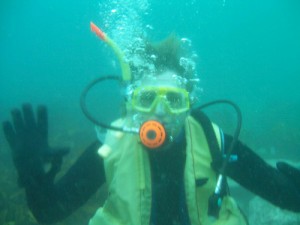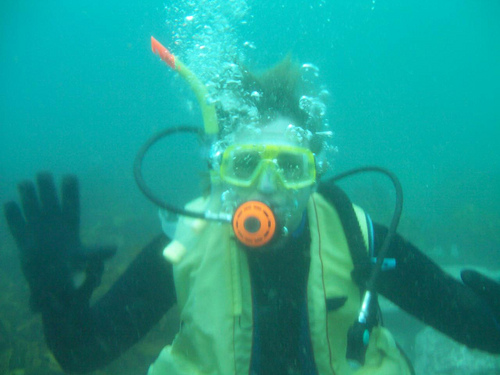Before we even start talking about various platforms and their merits and applications, we need to have a serious talk about how to think about social media. Social media is a lot like scuba diving. If you just dip your toes in, you’re not really doing it. In order to get the most out of social media, you have to dive in and immerse yourself in it.
There’s a tendency to think about social media like a website, and this isn’t entirely misguided. After all, it’s made up of websites. You get pages that look and behave like webpages, and they use the same kinds of code. The difference isn’t in their essence, but in how they work. A website is something you have. You put announcements there, or information that you want people to have, and they can come and look at it whenever they want instead of calling or emailing your office. It’s good for that. But if you look at Facebook, Twitter, LinkedIn, or a blog as an extension of your website, as a place where people can come and find you, you won’t see very much success. Social media isn’t something you can just have. It’s something you have to use. No matter the platform, conversations are always going on. Here’s an example.
This is a feed of all of the people tweeting about #HigherEd, the hashtag associated with Higher Education. Watch it move. I’m writing this post on Christmas Day, and there’s still a new tweet every few seconds. By the time you see it, the tweets I’m seeing will be long gone. People and organizations all over the world are involved in these discussions, and you can be too, if you’re listening.
If Twitter is just something you have, something you use to send out updates about things that you’re dojng, you’ll miss out on that. The same is true of Facebook, LinkedIn, blogging, Google+, or any other platform. In order to be successful, you have to become a part of the community. You have to talk with the people there and develop relationships with them. The flow of the conversation is constant, so doing that takes commitment. Still, there’s a temptation to dangle your feet. It’s natural when experimenting with something new. But like scuba diving, you can’t just get your feet wet. You have to take the plunge if you want to see results. What does it mean to be immersed? It means talking, listening, and being engaged. It means not being afraid to get in over your head. The best way to build real connections with people is to be a real person, and that means sticking your neck out, being personal, and making mistakes. Put a personal element on your Twitter account, take a stand for your values, and don’t be afraid to make mistakes, but do be prepared to be held responsible for them.

If you just dangle your toes, or even if you wade out into it, you won’t see the full benefit. You might not see any benefit. It’ll be an extension of your website or your mailing list when what it should be is an excellent way of talking with and finding out about the people you’re interested in. Whether it’s your students, alumni, other academics, favourite writers, interesting organizations, even publications. They’re out there talking, but you have to go and find them. It’s going to take time and effort. Parts of it are going to do better than others. Maybe it’s not for you at all, but I’ll wager that with over a billion people in the world using some kind of social media, it’s unlikely that you can’t find someone worthwhile to talk with. Like scuba diving, if you’re not wet, you’re not doing it. The only way to see if it works for you (and it may not, social media isn’t a panacea by any means), is to get deep into it and experiment. If you’re just sitting on the dock and dangling your feet, even if you say you’re doing it, the truth is immediately apparent.



